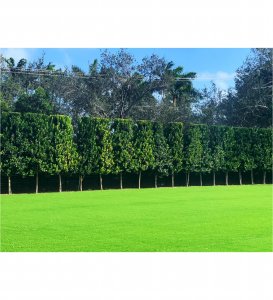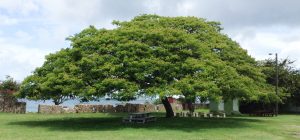Serious public concern about global warming—the Greenhouse Effect— and its impact on world agriculture and rising sea levels. Additionally, it has stimulated discussion about what can be done to counteract its effects and slow the increase of carbon dioxide (CO2) in the atmosphere. Atmospheric carbon is a greenhouse gas and it can be point out as to its source; the burning of fossil fuels is a major contributor. Scientific measurement of the earth’s atmospheric CO2 has been going on continuously for nearly 60 years; the fact that the levels are increasing are indisputable.
As for human action, first and foremost, we must reduce the burning of fossil fuels and fully develop alternative energy sources as a replacement. Reducing fossil fuel use can be done by decreasing the quantities of waste materials going into landfills where they decompose and give off methane and carbon dioxide, both greenhouse gases.
<h2> Recycling </h2>
Furthermore, recycling is a key factor, especially wood and paper products. Water conservation can also make a positive contribution because water purification and distribution systems require large amounts of energy. Reducing deforestation, especially in the tropics, is another positive step to take. And finally, reforestation, the planting trees which remove carbon from the atmosphere has a beneficial effect.
<h2> Avoiding Global Warming: Plant Succession </h2>
Reforestation can be either a passive or active process. Passively, a bare plot of land, left undisturbed that will undergo natural vegetation recovery with the invasion of weeds. And woody plants and forest species, with the forest trees ultimately becoming dominant, the natural undisturbed forest according to climatic, soil and water conditions. This process is called “plant succession” and slowly leads to natural reforestation. This passive approach is a slow natural process, typically requiring decades to reach a mature forest.
The active approach involves the planting of seedling or sapling trees, native or naturalized species; to more quickly create a replica of the natural forest cover in an area. This achieves much more immediate benefits in reducing atmospheric carbon. Consequently a home garden made up of numerous trees functions as a small storehouse of carbon. Shrubs, herbs and grasses also take up carbon, but the quantity they store is small unlike trees.
<h2> Planting Trees </h2>
In making a selection of which tree species to plant, home gardeners and professional landscapers are unlikely to give high priority to global warming. However, planting any tree is better than not planting a tree at all. Two common sense factors in terms of removing carbon from the atmosphere are the tree’s growth rate and its ultimate wood volume. Over a period of time, a rapidly growing tree takes up more carbon dioxide over the short term than a slow growing one. The larger a tree becomes, its volume, the more carbon it stores. All mature trees do not comprise an equal amount of carbon because of differences in wood density. Dense hardwoods contain more carbon than less dense softwoods, in terms of comparative volume.
Planting a tree provides many benefits. It contributes positively to the natural environment in terms of storing carbon. It creates habitat, produces valuable goods and services to humanity and satisfies a human desire for beauty in the landscape. All important steps in avoiding global warming. TreeWorld’s large and varied inventory of trees and shrubs offers the gardener and landscaper with a wide array of attractive choices.





Post a comment